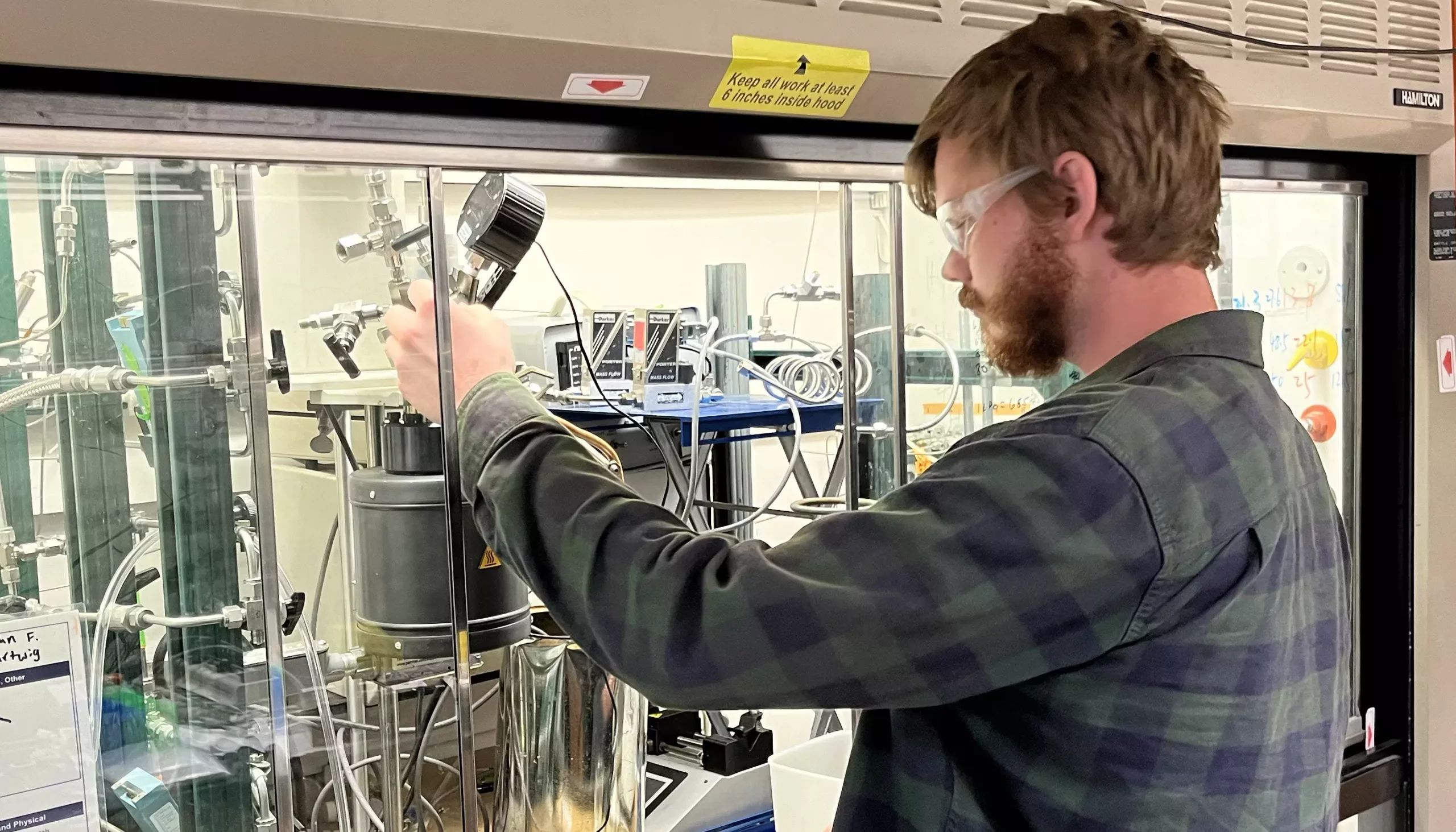In an era where environmental sustainability has become paramount, the management of plastic waste presents a significant challenge. With a remarkable new chemical process developed at the University of California, Berkeley, there is renewed hope for reducing the environmental impact of post-consumer plastic waste. This innovative approach not only aims to address the pressing issue of plastic pollution but also paves the way for creating a circular economy where discarded plastics are transformed back into valuable materials.
The Urgency of Plastic Waste Management
Plastic waste, particularly polyethylene and polypropylene, constitutes a staggering two-thirds of the total post-consumer plastic waste generated worldwide. Such materials predominantly enter landfills, are incinerated, or pollute natural waterways, contributing significantly to environmental degradation. The ramifications of this pollution are severe, affecting wildlife, ecosystems, and ultimately human health. Thus, the search for effective recycling solutions is more crucial than ever.
In the 1980s, while the introduction of polyethylene terephthalate (PET) bottles heralded an era of potential recyclability, plastics like polyethylene and polypropylene have continued to evade effective recycling. John Hartwig, a lead researcher behind the recent development, emphasized the extensive presence of polyolefins in everyday items such as grocery bags and various household containers. The quest now is to replicate the success of PET recycling for these ubiquitous plastics, potentially revolutionizing their lifecycle.
The groundbreaking catalytic process introduced by Hartwig and his team provides a promising solution. This method efficiently deconstructs polyethylene and polypropylene into their monomeric building blocks, propylene and isobutylene, respectively. This process enhances the recyclability of these pervasive plastics by addressing one of their inherent weaknesses: the robust carbon-carbon bonds that typically resist breakdown.
Unlike previous methods that required complex solutions and materials, the new process employs a simplified but effective approach using solid catalysts. These catalysts are more cost-effective and suitable for continuous flow operations, which is essential for scaling up the process to industrial levels. This advancement suggests that a significant reduction in the carbon footprint associated with new plastic production could be forthcoming.
The research highlights how the new catalytic mechanism involves two key catalysts working synergistically. The first catalyst breaks the polyolefin chains while also creating reactive double bonds, making the materials more amenable to further processing. The second catalyst introduces ethylene gas to the reaction, leading to the efficient formation of propylene. The synergy between these catalysts allows for yields of nearly 90% when treating mixtures of polyethylene and polypropylene.
This innovative mechanism’s efficiency stems from its ability to process mixed plastic waste without having to segregate the materials first, addressing a common logistical challenge in recycling. Importantly, the reaction maintains high conversion efficiency even with the presence of minor impurities, indicating robustness in real-world applications.
The transformation of plastic waste back into valuable materials is not just an environmental win; it also holds substantial economic significance. By reducing the need for virgin fossil fuel-derived plastics, the technology could yield financial benefits for recycling facilities and contribute positively to the global economy. The reduced reliance on petroleum-derived products may also lead to lower greenhouse gas emissions, aligning with global goals to combat climate change.
Moreover, Hartwig underscores that while some researchers are focused on creating entirely new, recyclable plastics, the reality is that many difficult-to-recycle materials will remain prevalent for the foreseeable future. Hence, enhancing the circularity of existing plastic types is crucial for mitigating the ongoing plastic crisis.
The catalytic process developed at UC Berkeley not only provides an innovative tool for mitigating the burgeoning issue of plastic waste but also sets a precedent for future research and industrial applications. The vision of commercial plants capable of recovering valuable resources from plastic waste moves closer to reality. As society progresses towards more sustainable industrial practices, technologies like this could play a critical role in changing our relationship with plastic, moving from a linear to a circular economy. This paradigm shift will be crucial in ensuring that the legacy of plastic is not one of pollution but rather a testament to human ingenuity in harnessing waste for a sustainable future.

